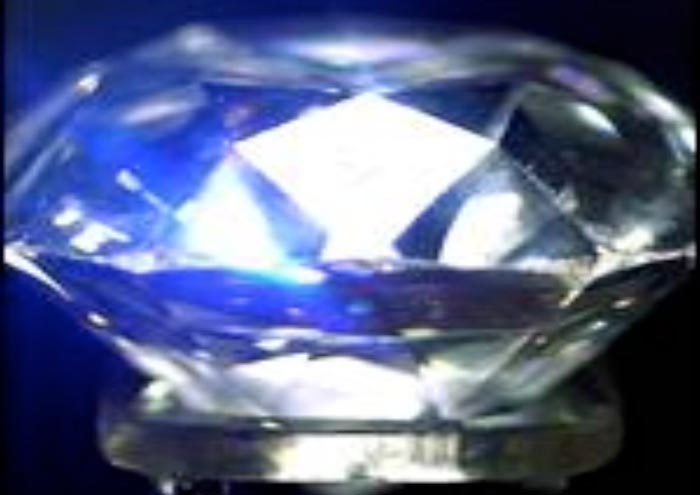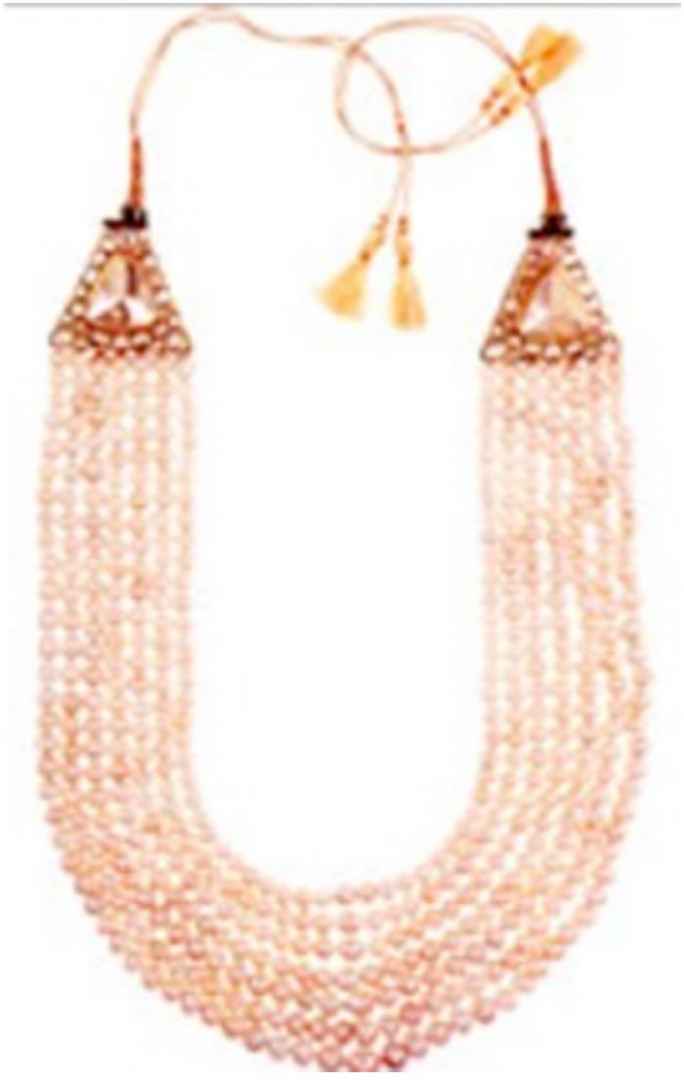Nizam's Jewelry
The Nizam's Jewellery, is one of the biggest, most expensive collection of personal jewels and ornaments in the world belonging to the erstwhile Nizam's of Hyderabad State in southern India. Owned by the Indian Government, most of the ornaments date from the early 18th century to the early 20th century. Claiming it to be a national treasure of India, the Nizam and his heirs were barred from selling their collection internationally. Estimated around 2 billion, in 1995, the Indian Government bought the collection of 173 pieces of jewellery that included gemstones, turban ornaments, headgear, necklaces, amulets, pendants, belts, buckles, earrings, armbands, bangles, bracelets, anklets, cufflinks, buttons, watch chains, rings, toe rings, and nose rings for a mere 33 million. Only twice since 1995 has the Nizam's jewellery been exhibited in India, once in 2001 at Hyderabad and the second time in New Delhi in 2007.
Most of the ornaments are enamelled and set in gold and silver. Jewels include diamonds from Golconda-India, South Africa and Brazil, Colombian, Burmese and Afghani rubies. The jewellery is ornate, and colourful, with some pieces standing out for their artistry, construction and jewels. These include;
- Imperial Diamond or Victoria-Jacob diamond, 8th largest, South African, colourless diamond, weighing 184.75 carats. The Nizam used the ostrich egg sized gemstone as a paperweight.
 Jacob Diamond
Jacob Diamond Satlada Pearl Necklace
Satlada Pearl Necklace- Satlada, seven-stringed pearl necklace, embedded with 465 graded Basra pearls. The necklace is without a clasp, and each strand is attached on either end by two triangular shaped, enamelled gold terminals, set with triangular shaped flat diamonds, surrounded by tiny pearls. The necklace is tied with thick silk threads around the neck of the wearer. This arrangement ensures that all pearls in the necklace are displayed in the front. The length of the strands in the necklace decreases gradually from the outermost strand to the innermost strand, equalising the inter-strand space.
- 22 unset Colombian emerald stones, total weight 414.25 carats, the largest stone weighing 60 carats.
- Ring with a Russian alexandrite stone gifted by Emperor Aurangzeb to the commander-in- chief of Deccan, Mir Qamar-ud-din, who founded the Asaf Jah dynasty, becoming the first Nizam of Hyderabad in 1724.
- Intricate pocket watches and watch chains studded with diamonds, emeralds and precious stones.
- Enamelled silver Deccan style, Mughal armband with openwork foliate design, three segmented, hinged, set with foiled table-cut diamonds with dark red and green enamelled floral motifs.
 Sarpech With Broad Sarpatti And Kalgha
Sarpech With Broad Sarpatti And Kalgha Pearl And Diamond Necklace Set In Gold
Pearl And Diamond Necklace Set In Gold- Deccan, foil set, Belt buckle, with 146 diamonds, three segmented, hinged, total weight 55 carats, and the central 5 diamonds weighing 30 carats.
- Kundan foil set, 30 carat, studded with 5 diamonds.
- Mughal design Paizeb, pair of anklets, hinged with interlocking vertical repeats, studded with Golconda diamonds, pearl crested along the upper edge with pear-shaped drops, and fringed with foiled diamonds along the lower edge. The reverse is enamelled with a typical Mughal design of red and green foliage having mauve-blue and white highlights. Paizeb with Mughal design were made for supreme women of the Royal household.
- 640 carat diamond encrusted belt made by the House of Oscar Massi Piere, in France.
- Sarpech or turban ornament designed to be worn with a turban as a replacement for the traditional crown. The broad sarpatti or headband, contains five pieces, hinged and secured with strings and tassels round the head, and a Kalgha or 'paisley' rising vertically from the centre of the headband inclined upwards with the narrow end dangling with emerald and pearl drop pendants.
- Two ornamented belts, one studded with a cut emerald stone and the other with a carved emerald stone.
- Enamelled, Jadau jewellery from Jaipur, Delhi, Awadh and Deccan.
- An assortment of cut emeralds, emerald drops, emerald beads, and Taveez or amulets.
- Variety of necklaces with button pearls and large / rose cut / flat cut / bead-like diamonds set in gold depicting exceptional craftsmanship for cutting and shaping.
- Sarpeches having symbols of cheetah, birds, camels, elephants, all studded with precious gems.
 Different Types Of Sarpeches, 19th Century,
Different Types Of Sarpeches, 19th Century,with Delicate Kalgi (l) Or Bird Kalgha (r)